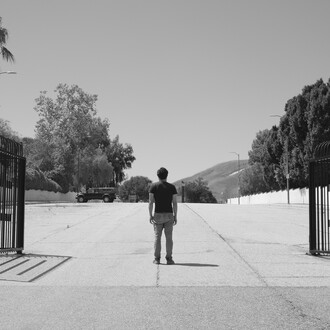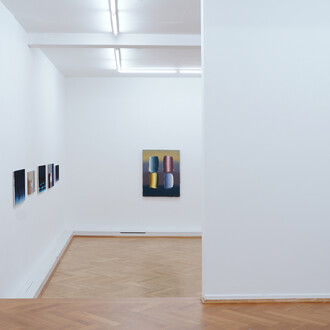The desire to exchange information over long distances is as old as mankind. In the 18th and 19th centuries, the discovery of electricity and its subsequent development led to inventions like the telegraph, telephone and radio: Fast and direct communication over ever longer distances became a reality.
At the beginning of the 19th century it took approximately four-and-a-half days to deliver a message from Berlin to Koblenz by horseback. By 1877, the telephone had shortened that time to a few minutes. Nowadays messages can be sent and received via the cellular network in seconds.
The exhibition "Elektropolis Berlin" focuses on the transmission, recording and replay of sounds and pictures. It provides a broad overview of the developments and inventions in the field of telecommunications - from wireless telegraphy to radio and sound recording to the beginnings of television.
The invention of telegraphy in the 19th century gave rise to a new era in the field of communication. Siemens & Halske, which was founded in Berlin in 1847, started out by producing the first pointer telegraph, which is a part of the exhibition.
The subsequent invention of the telephone brought about a whole new type communication behaviour that significantly changed people’s daily life and the world of work. A seldom exemplar of Alexander Graham Bell’s box telephone is on display along with a wide variety of apparatuses produced over a course of 100 years of development.
The first experiments with wireless telegraphy represent a further milestone in the development of telecommunications. The sandstone relief at the Church of the Redeemer, Sacrow tells the story of the experiments that took place at the Wannsee Lake in 1897.
The development of radio and television are two further central themes.
The beginnings of radio are brought back to life through, for example, sound recordings from the period between 1924 and 1949 and numerous original exhibition pieces.
Along with the first detectors from the 1920s, the first medium-wave transmitter from the RIAS (Radio in American Sector) from 1948 is also on display. As the largest object in the exhibition, it exemplifies the technical complexity of radio broadcasting at that time.
The first electronic television was presented in Berlin by Manfred von Ardenne in 1931. The reproduction of that TV set which he made himself is another eye-catching exhibit.
The black-and-white TV studio from 1958 with its camera, control monitors and film scanner invites you to experience television’s past.
















